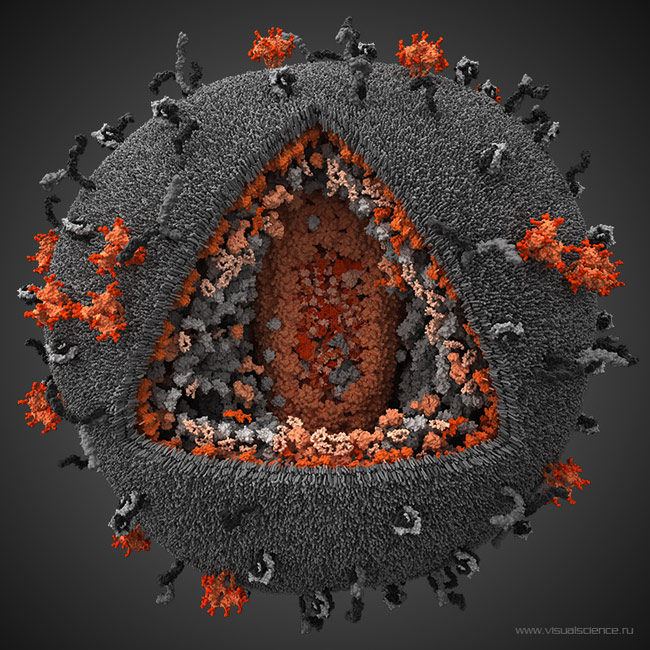
When discussing eradication of the world’s ailments, we often focus on specific diseases: a cure for small pox, a cure for Ebola, a cure for AIDS, a cure for influenza. But what if we just devised a way to kill viruses in general—all of them?
Researchers at MIT have developed an early-stage approach that may do just that. Called DRACO (Double-stranded RNA Activated Caspase Oligomerizer, also the Latin word for dragon), the new procedure induces death in any cell suffering from the virus—while letting unaffected cells live.
Think of it like a zombie movie: you’d want a way to wipe out all the deadly zombies among the innocent people, while not harming the innocent people. That’s what the team has reportedly done.
DRACO looks for a little (and by little, I mean molecular-little) tag on the outside of infected cells called double-stranded RNA. The presence of dsRNA is a sign that this is a zombie cell that must be eradicated before it can infect the innocent cells.
In research that will be reported in PLoS ONE, DRACO was an effective killer against all 15 viruses that the team tested, including colds (rhinoviruses), H1N1 influenza strains, adenoviruses, a certain stomach virus (reovirus), a polio strain, dengue fever and several members of hemorrhagic fever arenavirus and bunyavirus families.
“DRACO has the potential to revolutionize the treatment and prevention of virtually all viral diseases, including everything from the common cold to Ebola,” Dr Todd Rider, inventor and leader of the DRACO team, says of the procedure. “Because the antiviral activity of DRACO is so broad spectrum, we hope that it may even be useful against outbreaks of new or mutated viruses, such as the 2003 SARS [severe acute respiratory syndrome] outbreak.”
The procedure is at early stages, but certainly headed in the right direction.


